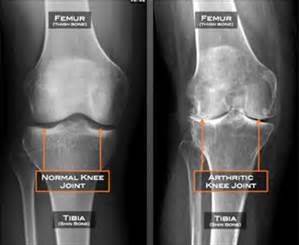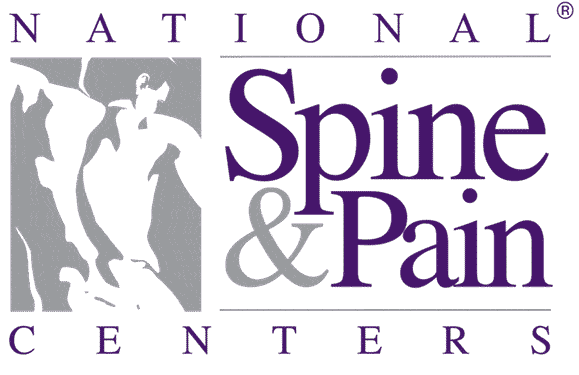Regenerative procedures are becoming more popular with the treatment of musculoskeletal injuries. Degenerative conditions, such as arthritis, are common conditions that motivate patients to research the physicians at StemCell ARTS. One of the most frequently asked questions the office gets when patients inquire about regenerative treatments for their ailment is, “Am I still a candidate for regenerative procedures if I am bone-on-bone?”. The short answer is that candidates who have been told that they are “bone-on-bone” can still respond well to the regenerative treatments performed at StemCell ARTS. Often, patients are given the diagnosis on “bone-on-bone” following a x-ray of the area. While x-rays are helpful for showing the narrowing of the space between two joints, it does not show any soft tissues. The regenerative procedures are designed to help repair any lost or damaged soft tissue. As a result, MRIs will often be ordered for patients who have not had a MRI completed within the past few years. The MRI images provide more detailed information regarding the condition of the soft tissue, as opposed to only showing the condition of the bones on x-ray. The MRIs will sometime show that there is, in fact, cartilage present even though the joint space is considerably narrowed.
During the initial visit, the physicians at StemCell ARTS will perform a comprehensive exam of the area in question. If additional images, such as MRIs, are requested, the physician will provide the patient with an order to have this imaging completed at the location of their choice. Based on the exam and the imaging, the physician is able to make an informed decision regarding whether or not a patient will respond well to regenerative treatments. If the physician determines that the injury is outside the scope of what can be completed with regenerative therapies, he will make recommendations for the patient regarding their next steps.
In the video below, Dr. Friedlis goes into further detail regarding regenerative treatments for patients who are “bone-on-bone”.

